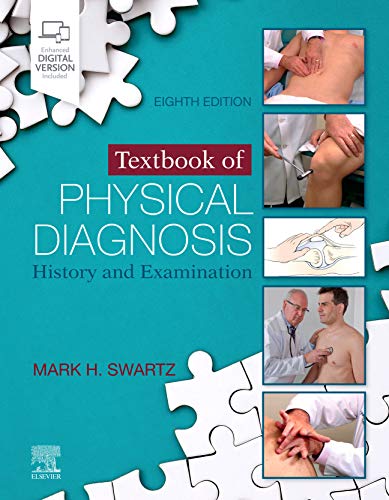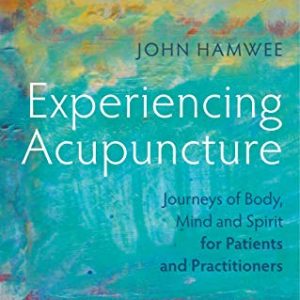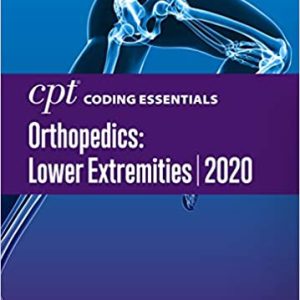Descrizione
Textbook of Physical Diagnosis: History and Examination, 8th edition Original PDF / Print replica by Mark H. Swartz MD FACP (Author)
This is the PDF of the eighth edition of the Textbook of Physical Diagnosis:
History and Examination, which, like its predecessors, has been
written for students of health care who are learning to com-
municate effectively with patients, examine patients, and assess
patients’ medical problems. It’s hard to believe that 30 years have
passed since the publication of the first edition! This text, like
its first edition in 1989, still offers a unique, comprehensive (but
concise) approach to physical diagnosis. By discussing the patho-
physiology of disease and emphasizing the humanistic element
of health care, I attempt to show the importance of the old-
fashioned doctor’s approach to the patient. “The primary aim
of this textbook,” as stated in the preface to the first edition, “is
to provide a framework for the clinical assessment of the patient
in a humanistic manner.” The book, then and now, focuses on
the patient: his or her needs, problems, and concerns.
The history and physical examination must not be seen as
procedures performed by a robot but rather as a process that
requires interpersonal awareness and technical skill. In this era
of extraordinary advances in diagnostic modalities, procedures
and tests have been emphasized, whereas the importance of the
history and physical examination has been minimized. It is well
known, however, that among the most valuable and least costly
medical evaluations are the history and physical examination.
This book focuses on how to offer the best medical care through
the art of effective interviewing and physical examination.
The eighth edition represents a major revision based on a
complete review of the field of physical assessment. All chapters
have been reviewed and modified, where appropriate, by experts
in the fields. Extensive changes have been made to most chapters.
The last edition of this textbook moved the chapters on nutri-
tion, complementary and alternative medicine, and cultural
diversity to the web-based version of the textbook. Now with
this edition, all chapters appear in the print version of this text-
book. As times change, so do standards of physical diagnosis.
Several of the physical examination tests indicated in the previous
editions have been either modified or eliminated, and several
new chapters have been included in this edition.
There is now a growing scholarly literature about implicit
bias in health care and its effect on the doctor–patient relation-
ship and patient health outcomes. Implicit bias, also known as
unconscious bias, can be defined, as cited by the National Center
for State Courts (2012), as “the bias in judgment and/or behavior
that results from subtle cognitive processes (e.g., implicit attitudes
and implicit stereotypes) that often operate at a level below con-
scious awareness and without intentional control.” Unconscious
bias is significantly related to patient-provider interactions, treat-
ment decisions, and treatment adherence. Unconscious bias is
not limited to race; it can exist for characteristics such as age,
gender, sexual orientation, gender identity, disability status,
nationality, ethnicity, and physical appearances. These biases,
which encompass both favorable and unfavorable assessments,
are activated involuntarily and without an individual’s awareness.
One must recognize and understand that almost everyone has
some degree of implicit bias; it manifests as an automatic ste-
reotypical response. Healthcare providers must learn to mitigate
the effect of implicit bias in healthcare decision-making. I have
therefore added a new section to the textbook entitled “Valuing
Diversity: Race, Gender, & Ethnicity.” I invited six experts in this
field to write an entirely new chapter entitled, Mitigating Racism
and Bias in Clinical Medicine.
Health care providers deal frequently with a great variety of
perplexing medical ethical problems. The Epilogue of previous
editions of this book has touched upon this important subject
only briefly. In this edition, however, the subject has been
enhanced into its own chapter entitled, Clinical Ethics and Pro-
fessionalism. The basic elements of bioethical reasoning around
issues such as principalism, ethics analysis, deontology, utilitari-
anism, casuistry, privacy and confidentiality, disclosure, decisional
capacity, informed consent, and advanced directives are a few
of the topics now included. An expert in the field of medical
ethics assisted me in writing this important chapter.
The original chapter entitled, Advancing Clinical Diagnostic
Reasoning has been entirely rewritten. The revised chapter, now
entitled, Precision, Accuracy, and Critical Thinking in Clinical
Assessment, is a more user-friendly chapter addressing basic clini-
cal statistics and its application in critical thinking and diagnostic
reasoning. References throughout have been completely updated
and provide information for further study.
Online appendices include commonly abused drugs, signs
and symptoms of deficiency states, conversion tables, English-
to-Spanish translations, and recommended immunization sched-
ules for children and adults. See instructions for accessing the
online content on the inside front cover.
Online access includes more than 150 high-quality videos
showing step-by-step demonstrations of the complete physical
examination of male and female patients (see inside front cover
for accessing online content). Other videos include the pediatric
examinations of the newborn and the toddler and the neurologic
evaluation of the toddler. Using standardized patients, other
video presentations show interviewing techniques when discuss-
ing sensitive topics with geriatric patients. These sensitive topics
include a discussion of advance directives (i.e., health care proxy
determination and living wills), a mental status examination of
a patient with a cognitive impairment, and a scenario showing
how to give bad news. Finally, scenarios demonstrating the focused
history and physical examination of a young man with abdominal
pain; counseling a woman about health-related issues; and a
pediatric telephone consultation are presented. These are very
useful scenarios for preparing for the USMLE Step 2CS Exami-
nation. These videos compliment the text to provide a compre-
hensive clinical reference for the understanding of the organization
and fluidity of the complete assessment of the patient.
Illustrations are an integral part of a physical diagno-
sis textbook.





Recensioni
Ancora non ci sono recensioni.